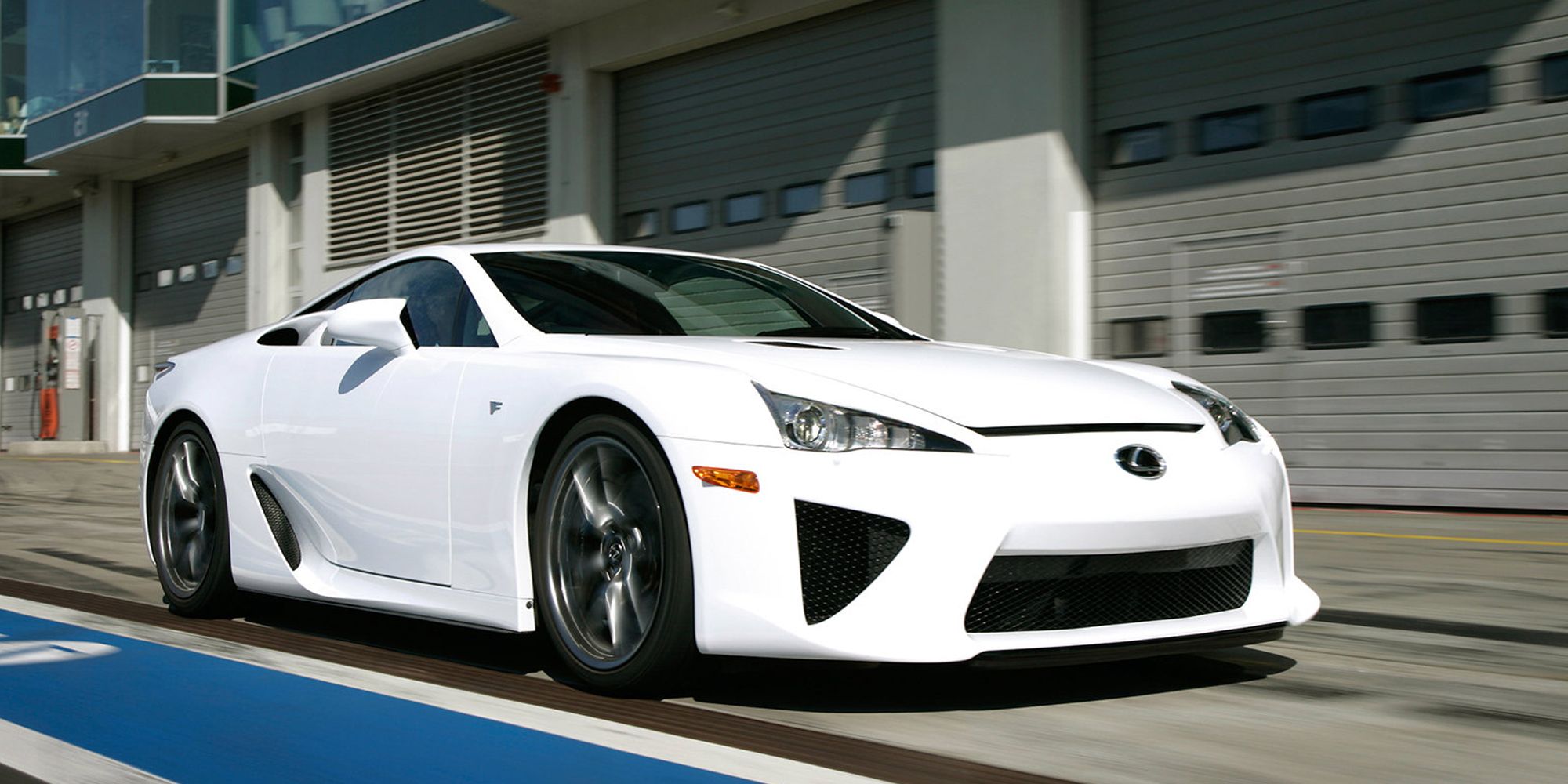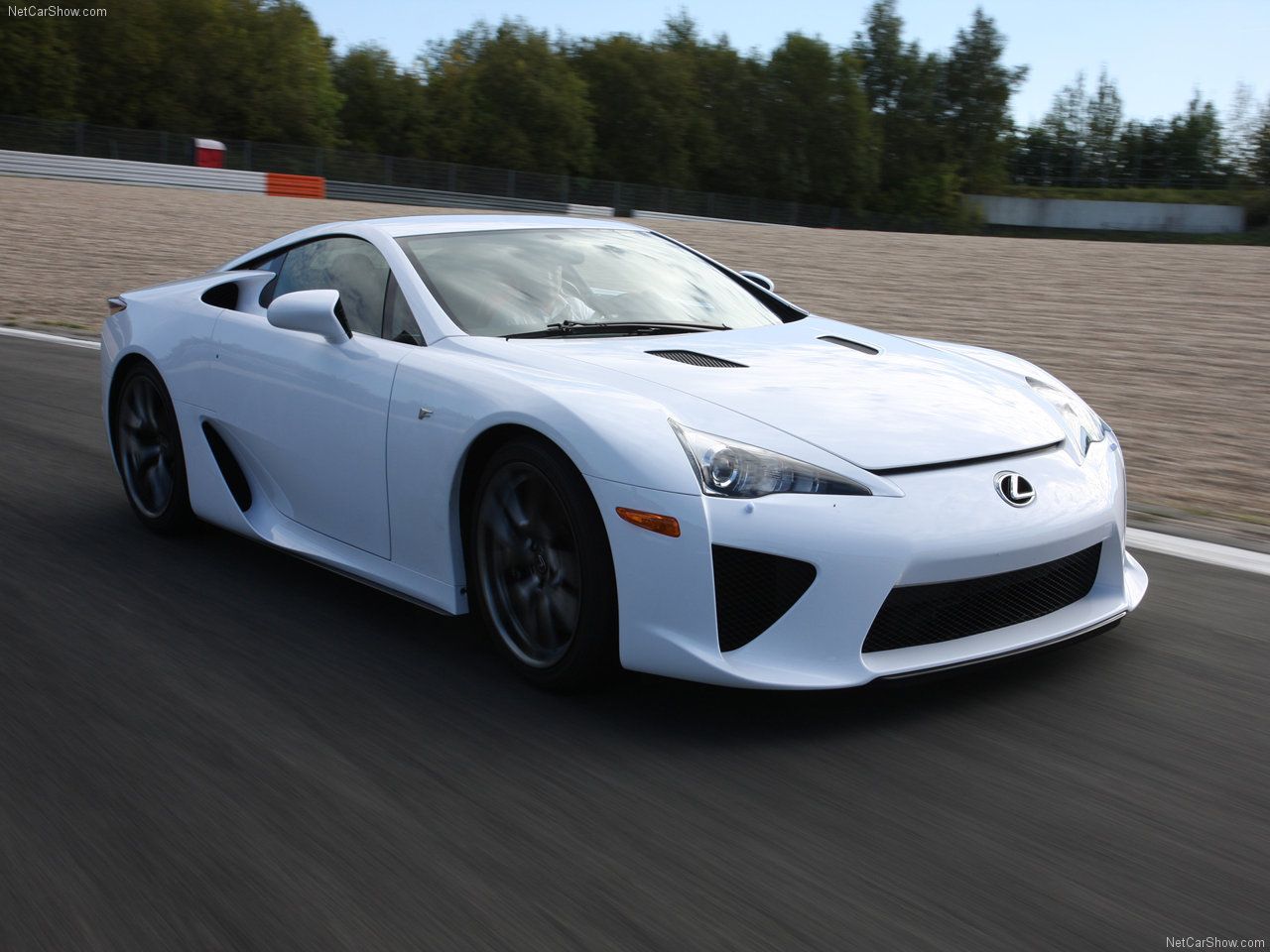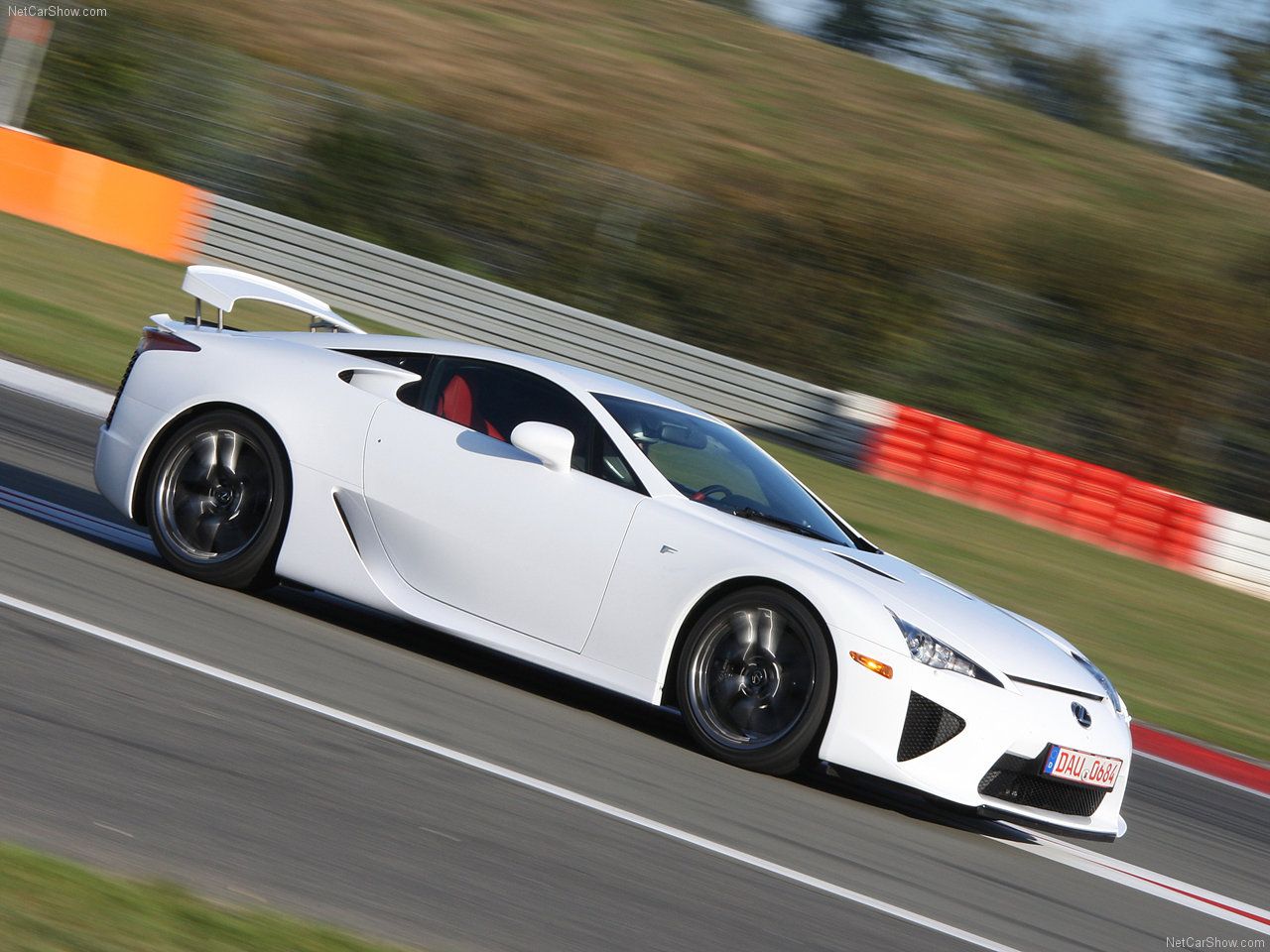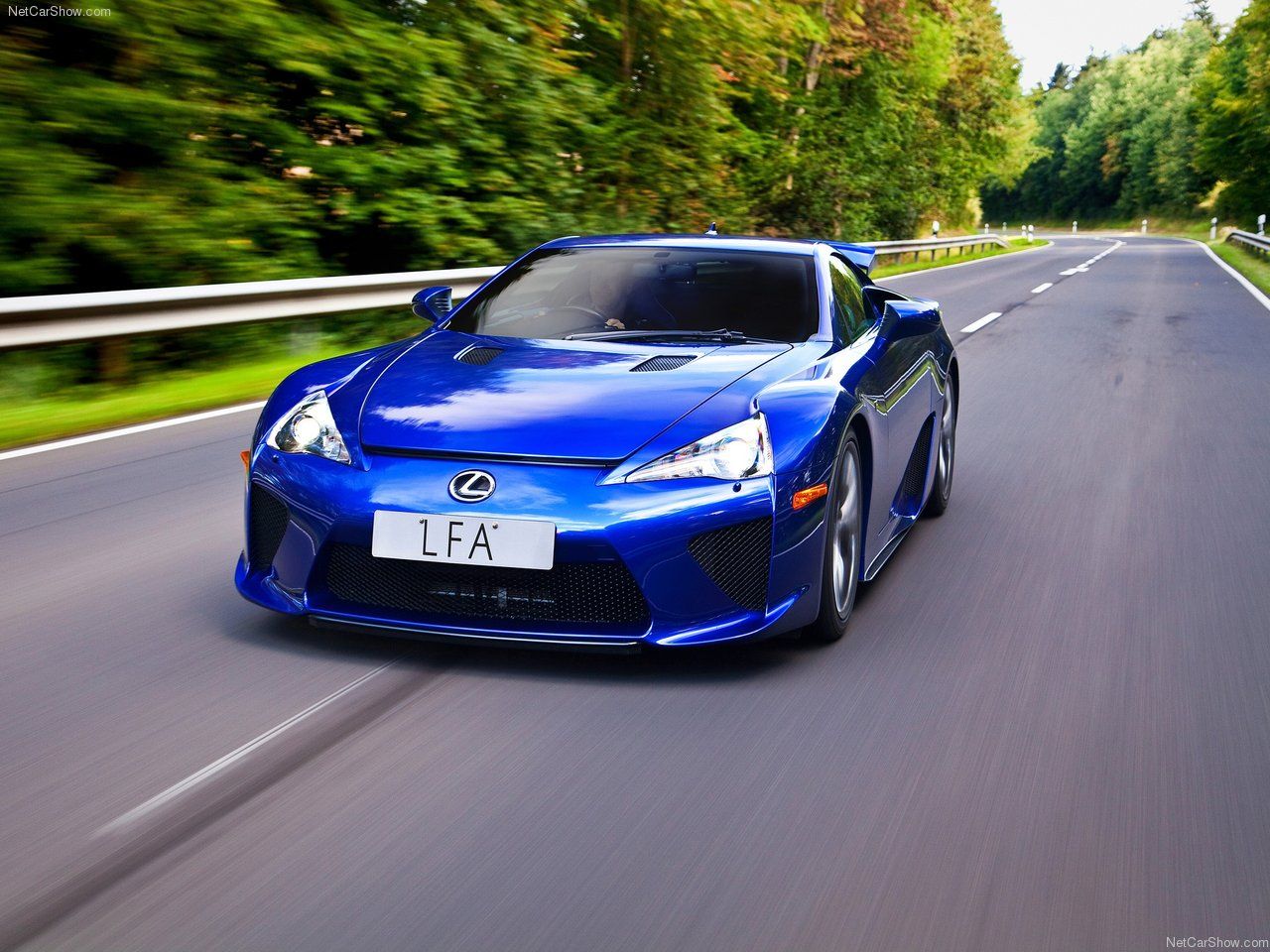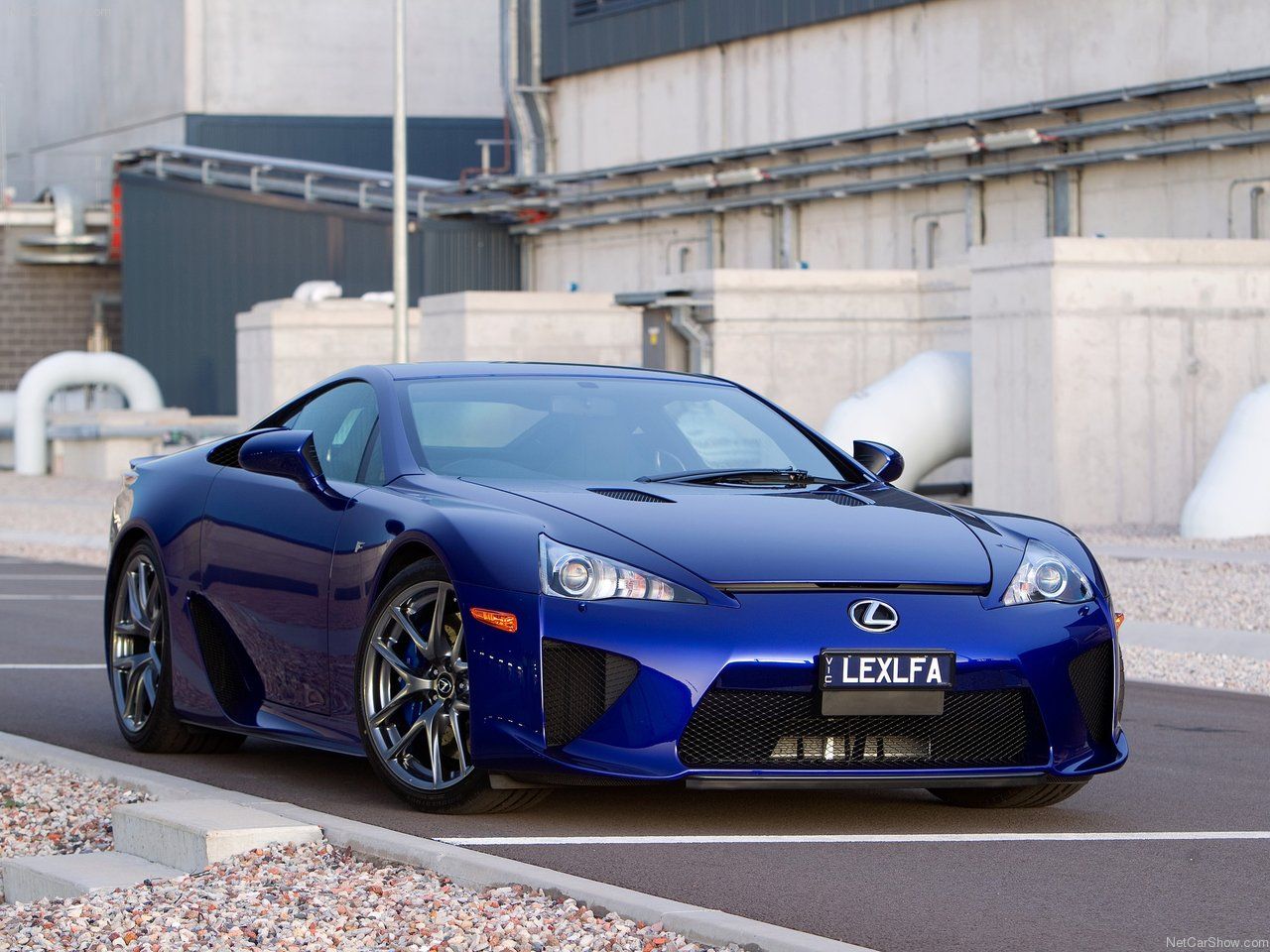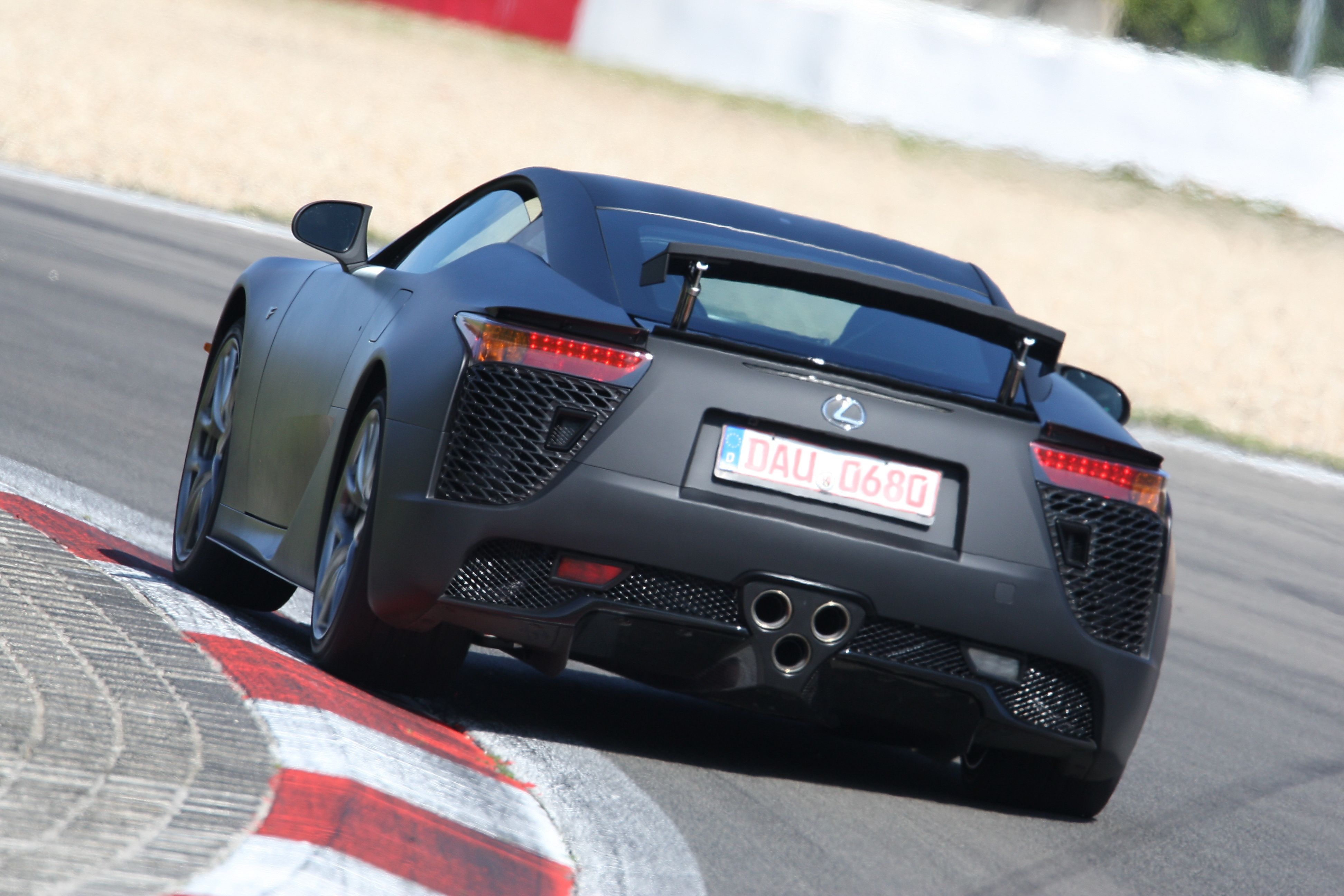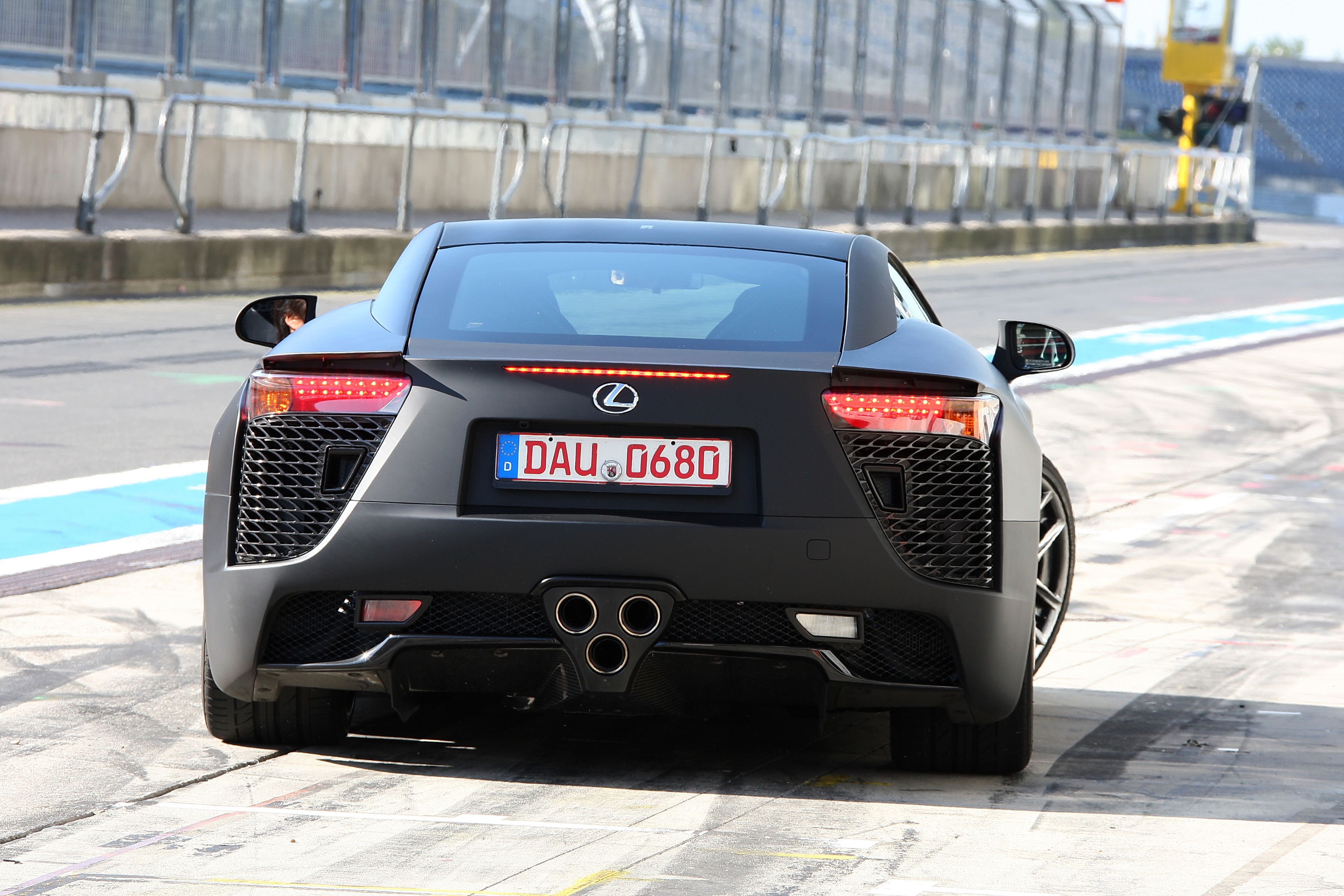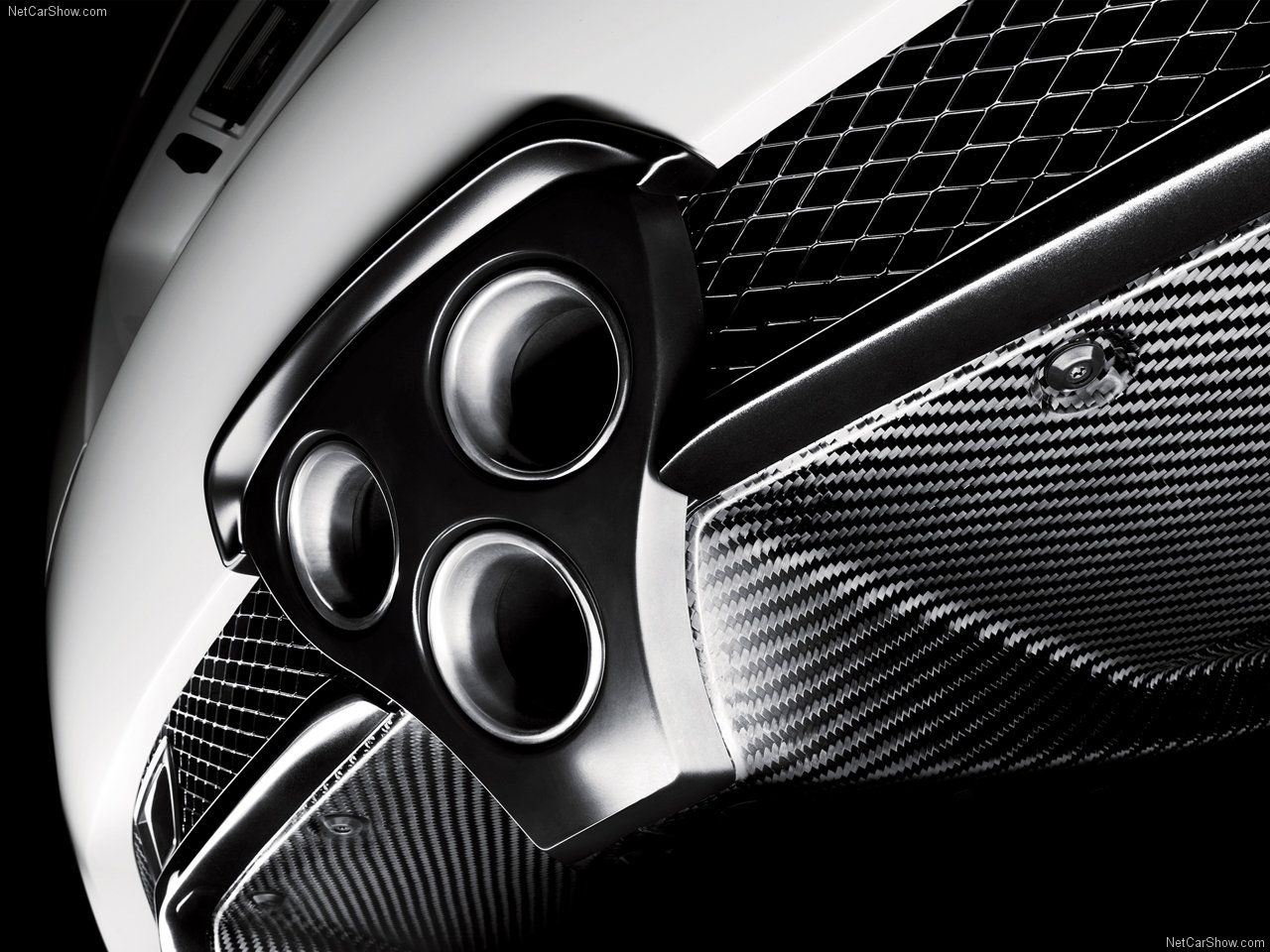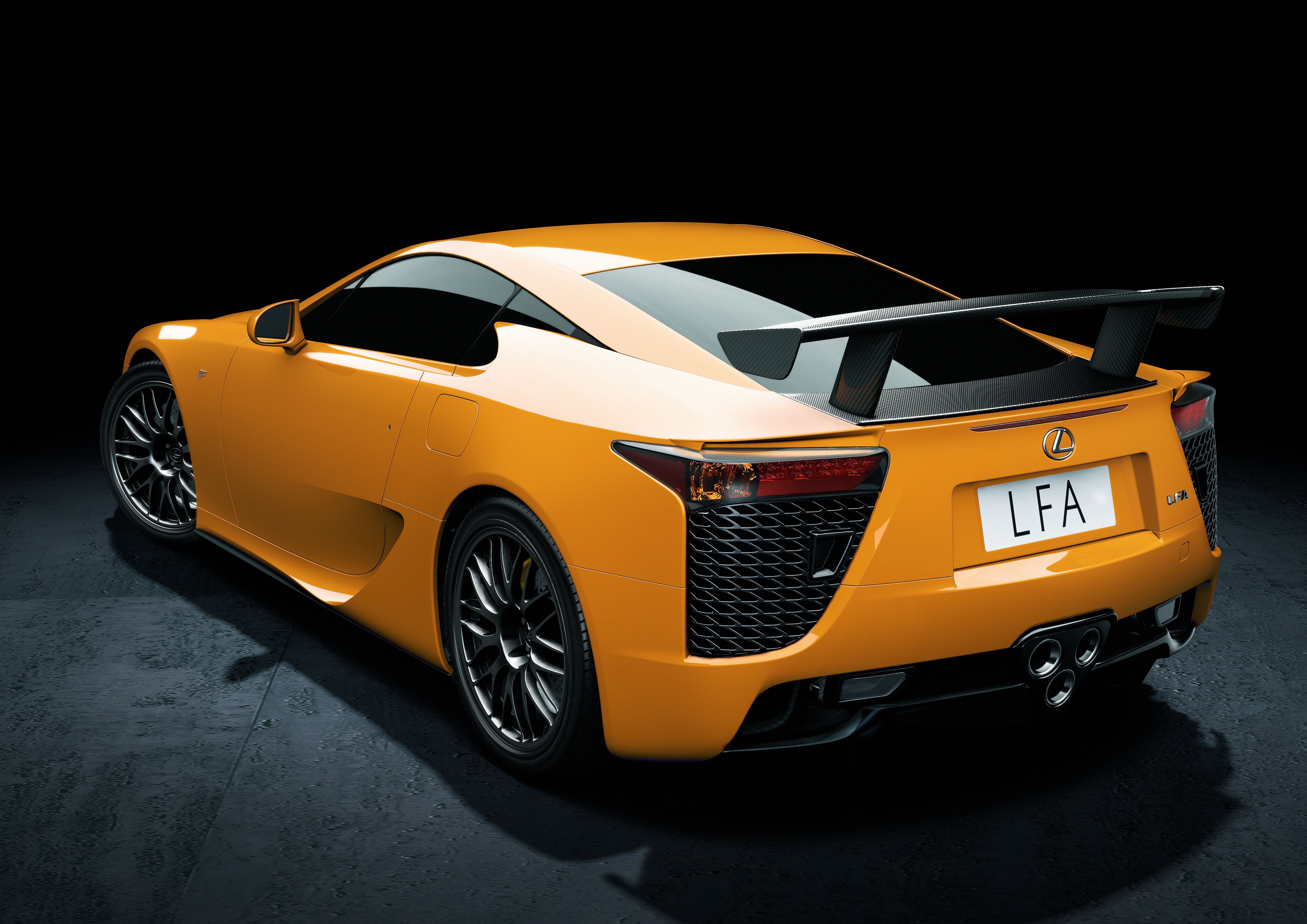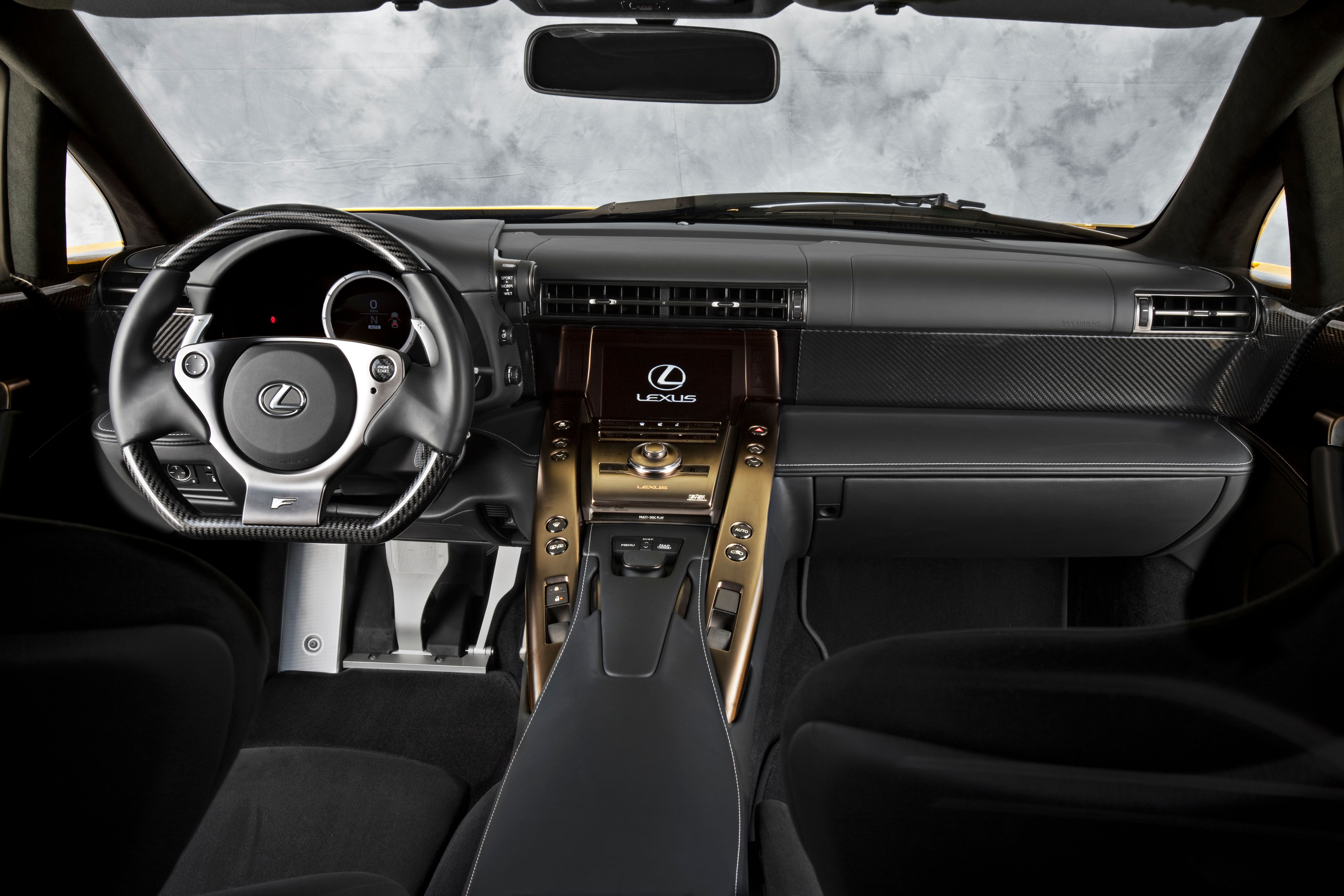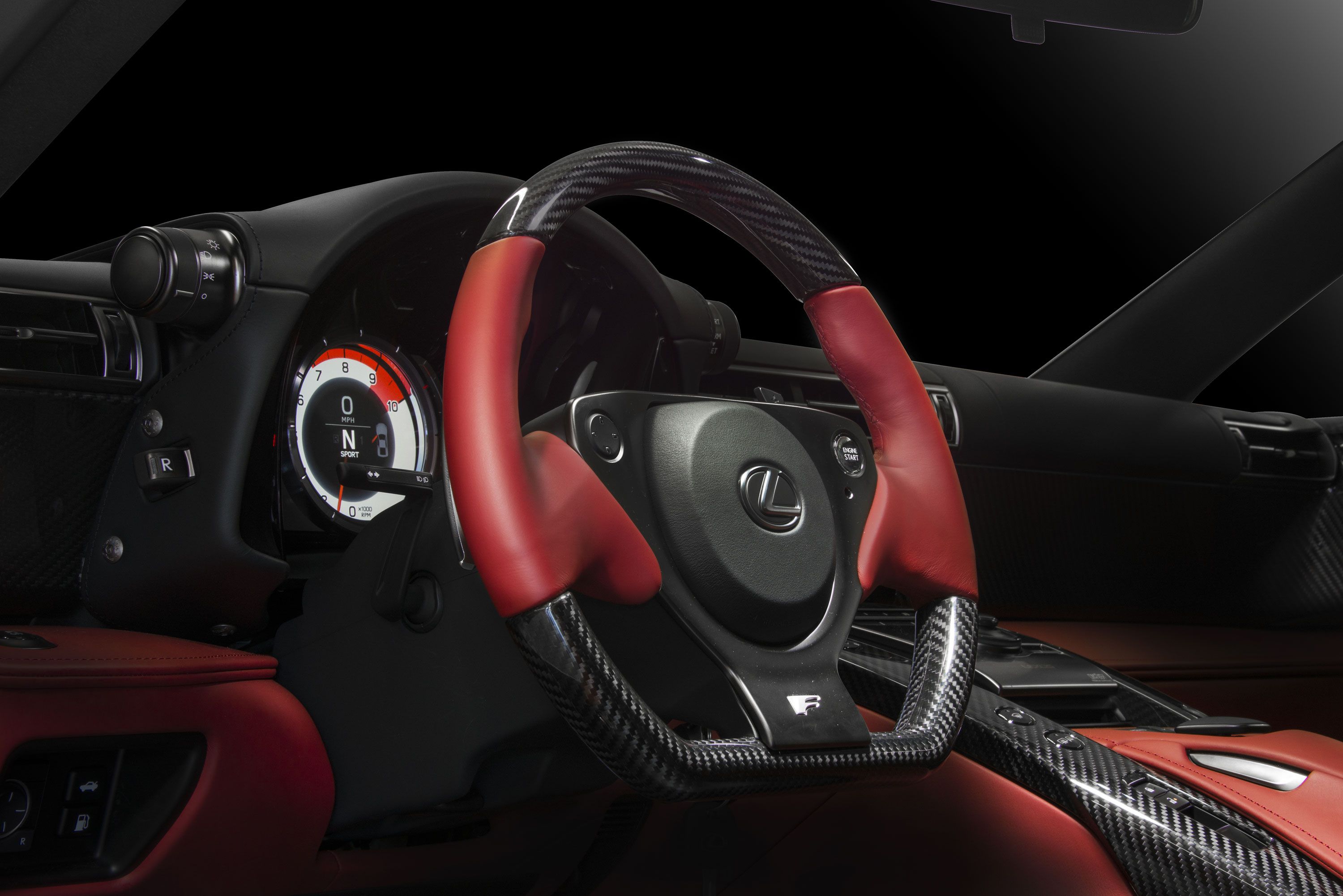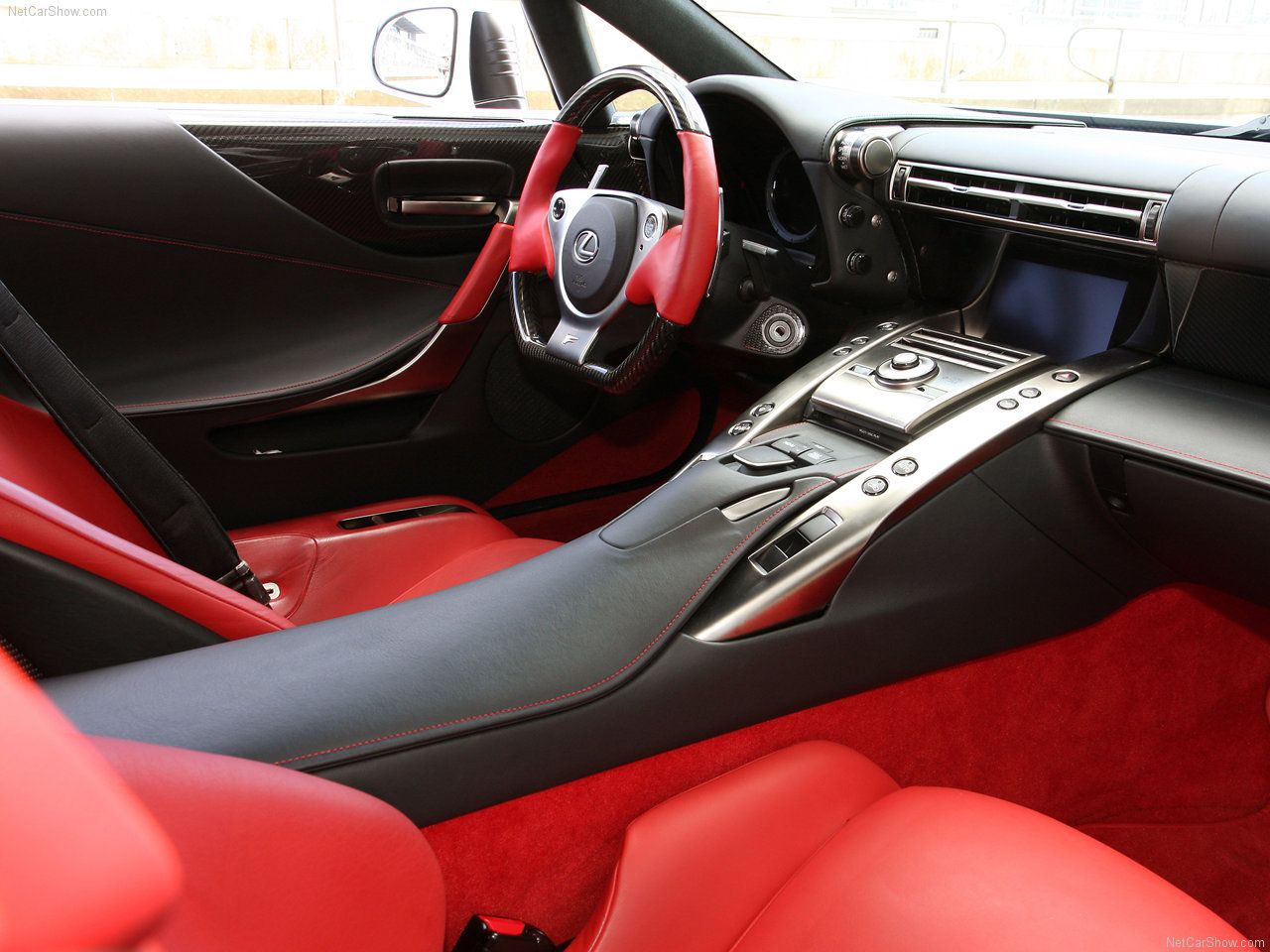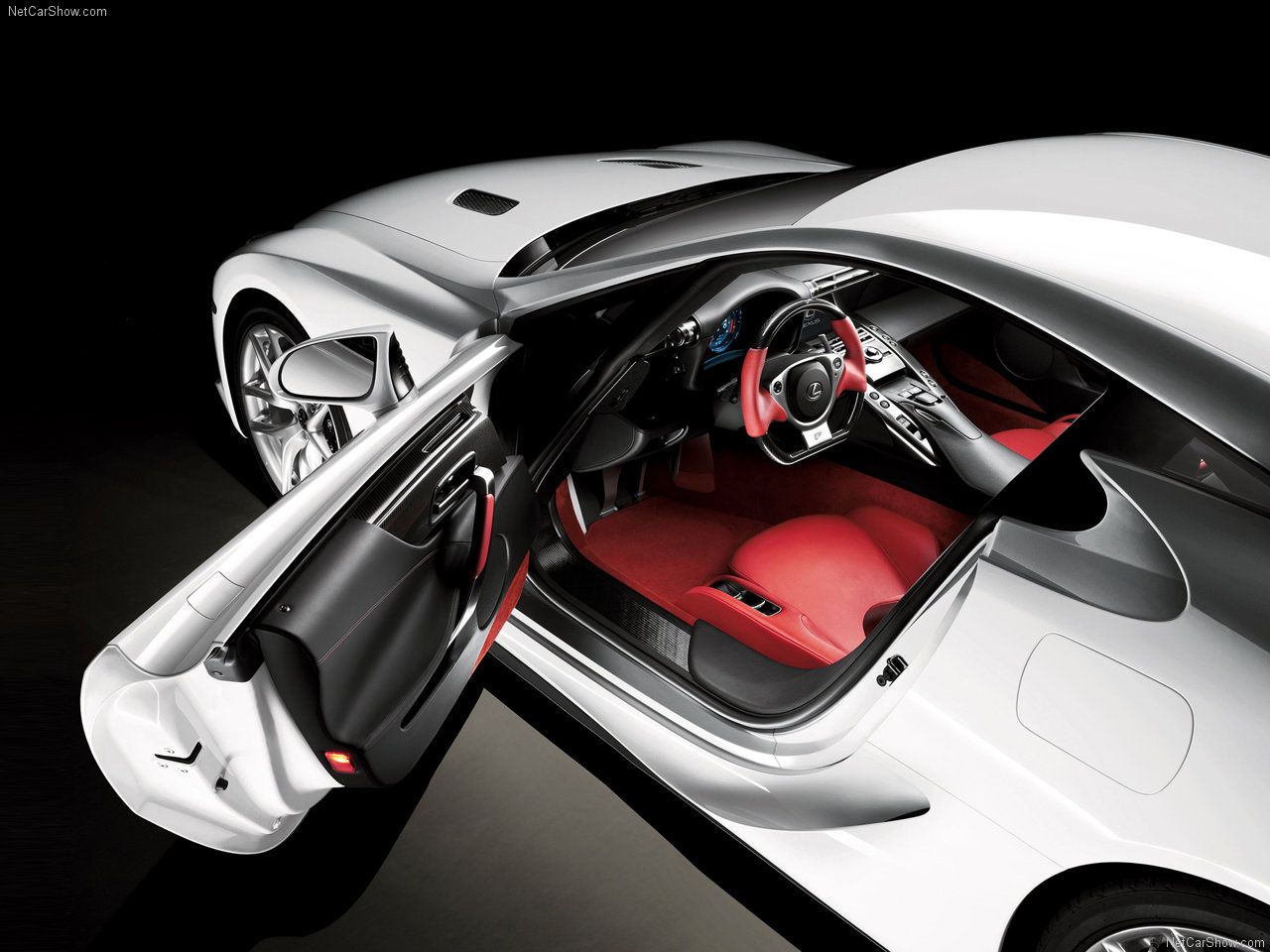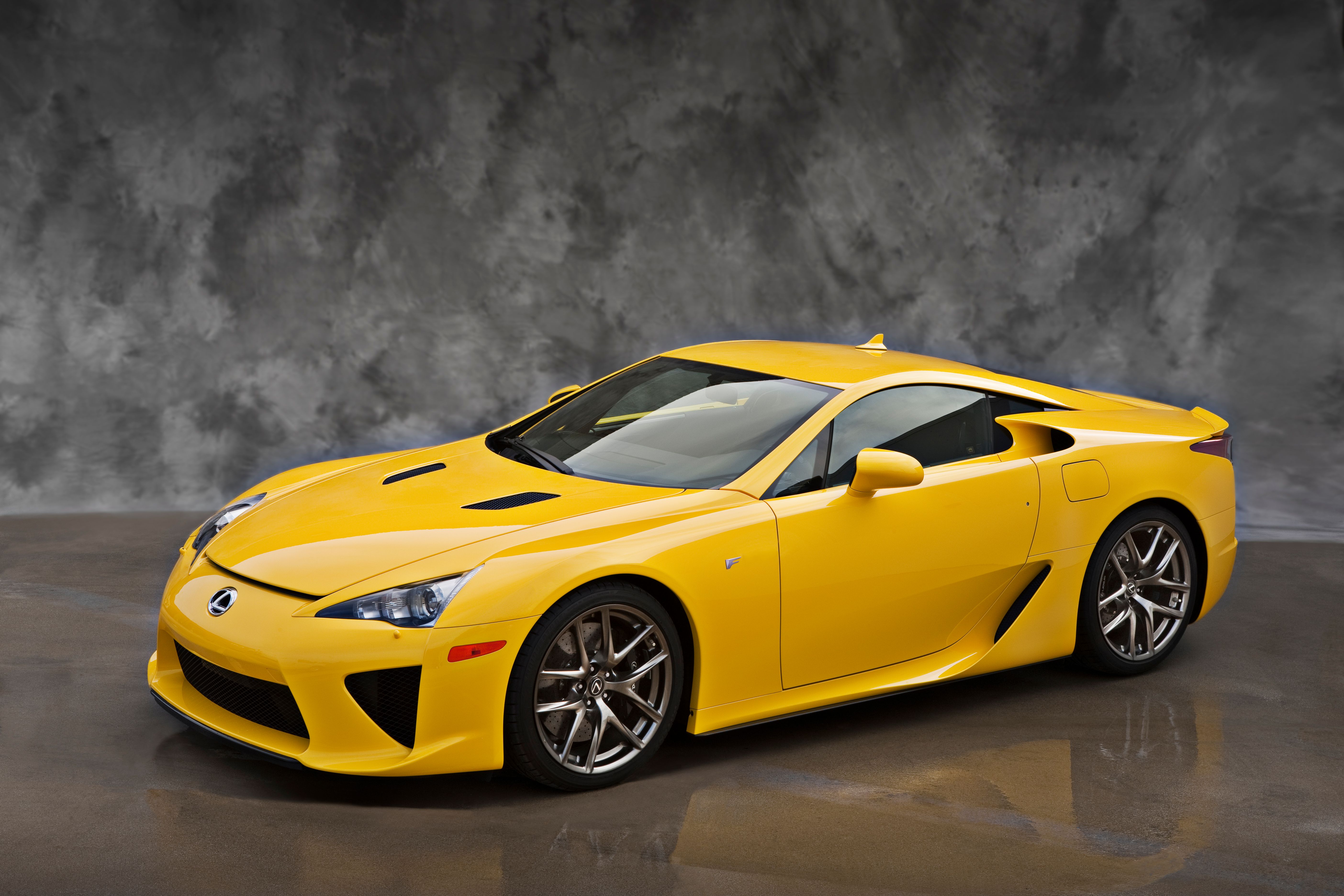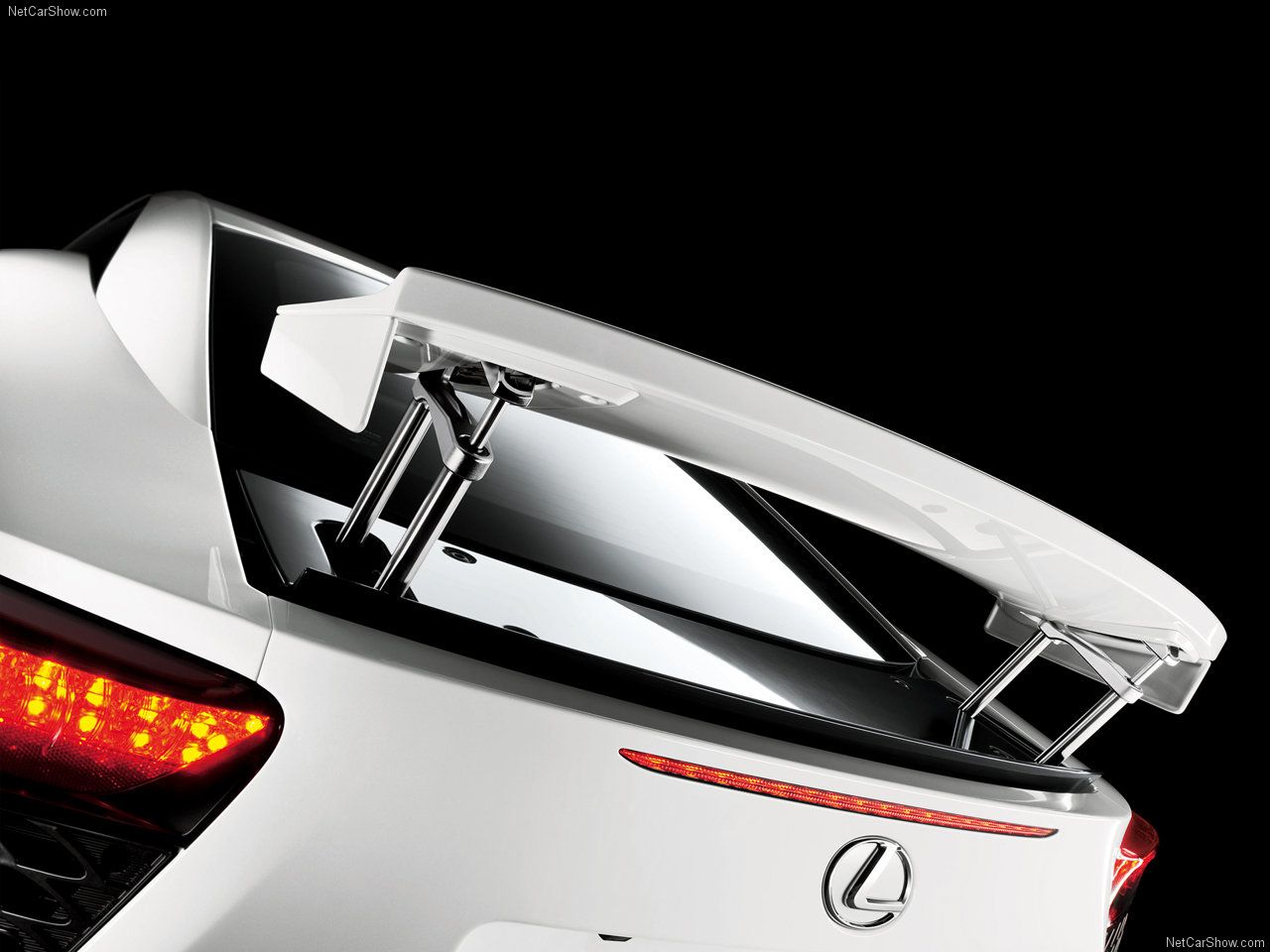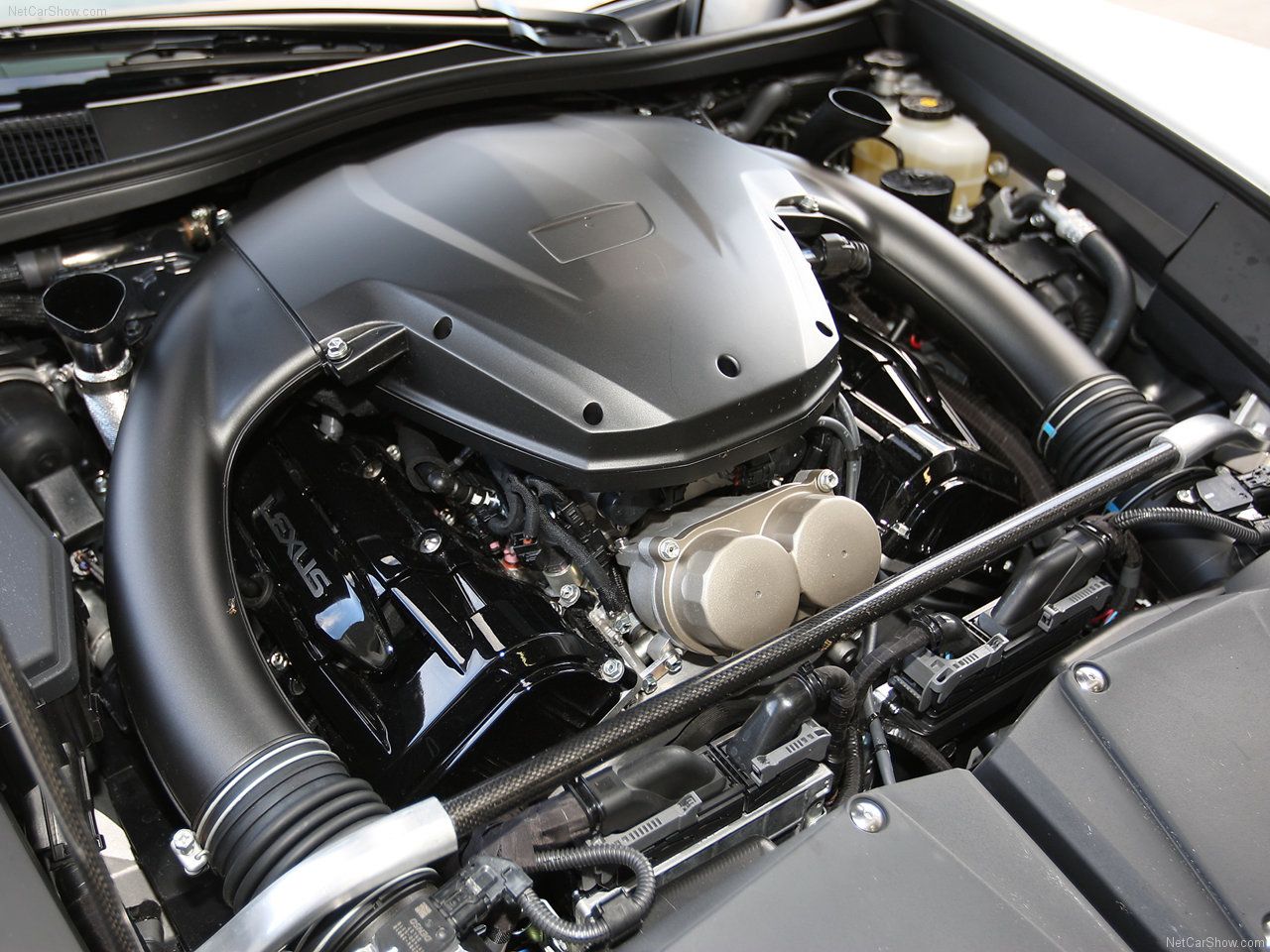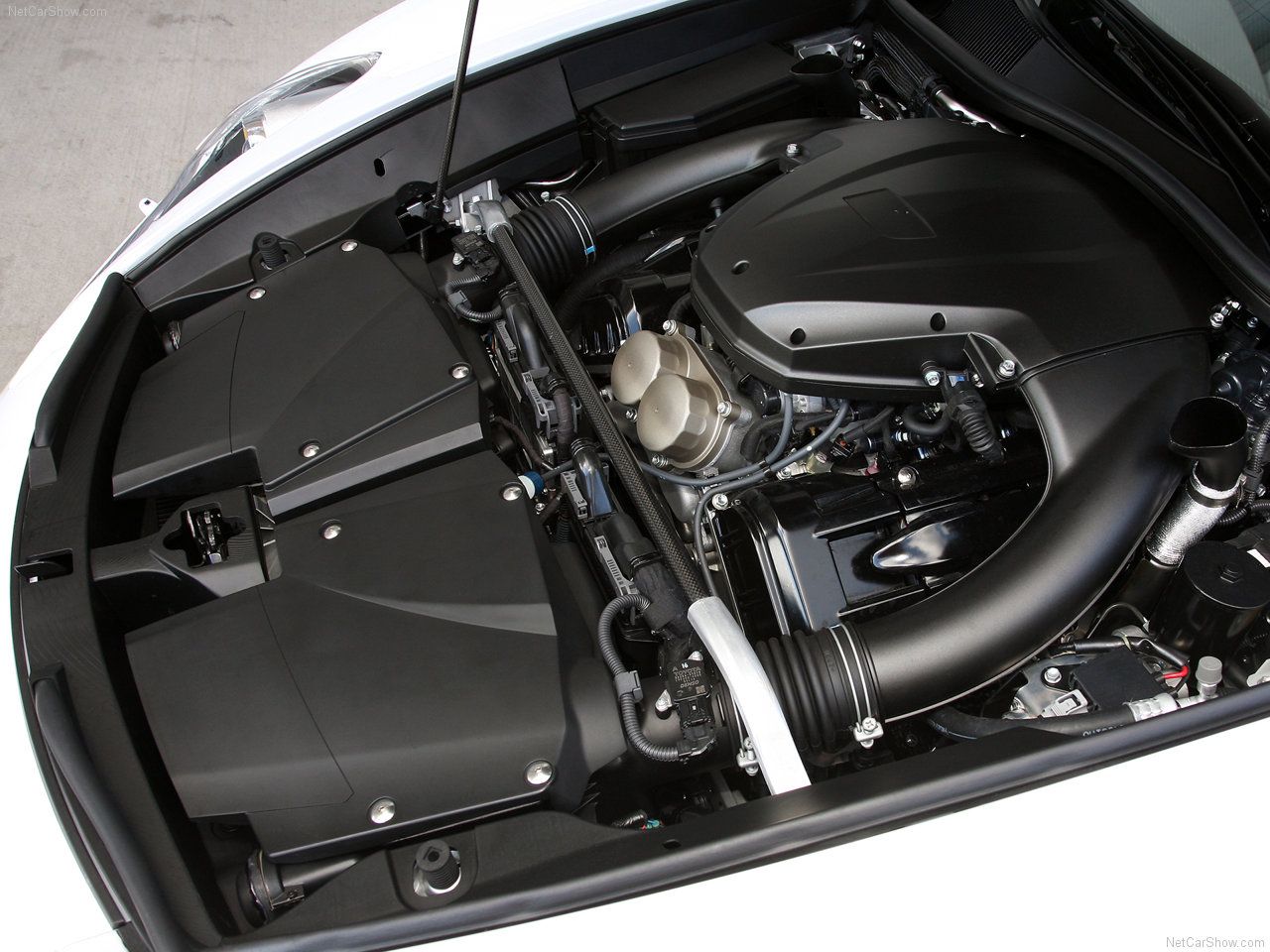The Lexus LFA was first revealed in 2005 as a concept car. During this time, Lexus had no plans to produce the car. However, the public interest was too big that Lexus eventually caved in. Lexus worked on the car for five years and then decided it was not good enough and its aluminum chassis needed to be replaced with a carbon fiber one to reduce weight, prolonging the development of the car even further. The finished model hit the market in 2010, by when it was already lacking in performance compared to some of its European rivals. This was all on paper, of course, but it was enough to ruin the LFA's sales forever.
In reality, the LFA is a true supercar with a powerful Formula-1-derived engine, agile handling, strong brakes, and arguably the best-sounding exhaust note in the entire industry. This makes it one of the few exotic Japanese sports cars that can go toe-to-toe with the best performance cars that Italy or Germany had to offer. And with only 500 units produced, the LFA is becoming a legend. Here are some features that make the LFA the greatest sports car from Japan.
8 Excellent Grip
The LFA is a unique piece of automotive engineering. It’s capable of showing its Italian competition a clean pair of heels. It boasts excellent handling because its proper suspension balancing helps the tires stick to the tarmac. This easily gets the car through tight curves despite its rear-wheel drive.
The LFA’s engine uses dry-sump lubrication to prevent oil starvation in corners, along with a very low center of mass. It also features four driving modes; Sport, Wet, Normal, and Automatic. In Sport mode, the LFA’s stability control system provides a greater amount of yaw. It also allows drivers to switch off the system completely.
7 Unique Capabilities
The last car that had the same level of performance, exclusivity, and technology was the Ferrari Enzo. This makes the LFA look like a bargain considering it’s a front-engine, two-place, exotic, rear-wheel-drive coupe. Like its AMG competition, the LFA features a hand-built engine.
The 72-degree bank angle 4.8-liter V10 produces 553 hp and 354 lb-ft of torque that helps propel the LFA to a 202-mph top speed. The LFA also sits low and purposefully holds a greater presence than the Ferrari 599 GTB and Mercedes SLS AMG.
6 A Unique Suspension Setup
The LFA has a double-wishbone front suspension arrangement and a multi-link rear suspension arrangement – all featuring coil-over dampers at the wheels. These dampers have a monotube design with a remote fluid reservoir.
The reservoir has a mechanical system with contracting and expanding bellows. This unique suspension setup helps give the LFA a low stance, thus increasing its grip around the corners. The LFA further includes a three-mode VDIM system to help with its handling.
5 Perfect Sound
The LFA is arguably one of the best-sounding cars on the planet. One reason for its perfect sound is that it took longer to develop and polish. It features an eargasmic naturally-aspirated 4.8-liter V10 developed alongside Yamaha that revs up to 9,000 rpm.
Its growl from the triple exhaust is natural and pronounced. Besides, the LFA has distinct manifold cover ribs that help refine the engine’s sound while maximizing the auditory effects. The Yamaha collaboration helped Lexus make a growl that matched the LFA’s performance.
4 Automated Manual Transmission
Each LFA contains a six-speed single-clutch transmission with paddle shifters. This makes the LFA an adrenaline junkie’s fantasy with a 3.6-second 0 to 60 mph time. Its single-clutch transmission makes it more fun to drive than the refined double clutch of the Mercedes SLS AMG.
This Aisin gearbox has 150 to 200 ms minimum shift times. These low shift times help the gearbox take advantage of the high-revving V10. It also adds fun to shifting gears using the steering-mounted paddle shifters.
3 Breathtaking Cockpit
Besides having a refined aerodynamic exterior, the LFA's sophisticated interior trumps even Mercedes-Benz's sports cars like the SLR. It's dressed in specially designed materials, unlike its competition. The LFA features supportive bucket seats and seatbelt airbags for both the driver and passenger.
Behind the sporty steering wheel are column-mounted paddle shifters and a side-mounted start button. The LFA has a remote touch interface in the center to make it accessible to the driver. For sound, the LFA has a 12-speaker Mark Levinson system that generates quality sound in the cabin.
2 Bespoke Automobile
All the parts in the LFA were explicitly made for it. This bespoke supercar boasts a carbon fiber body to help increase its durability and lower its weight. It also features a form-follows-function exterior with sharp edges for aerodynamic performance.
The LFA has a speed-sensitive rear wing with a gurney flap that deploys at speeds over 50 mph. It came available with three wheel colors, 28 standard exterior colors, and a matte black option.
1 Race Derived Engine
The LFA has a naturally aspirated DOHC 40 valve 4.8-liter V10 engine developed using Formule One technology. This track-bred motor produces 552 hp at 8,700 rpm and 354 lb-ft of torque at 6,800 rpm, with 90% of that available from 3,700 rpm. Its Aisin single-clutch automated manual transmission routes all the power to the rear wheels.
The race-derived engine and the automated manual transmission provide the sensation of being in a race car. Its engine construction features forged aluminum pistons, and it redlines at 9,000 rpm, but there is a fuel cut-off at 9,500 rpm.

